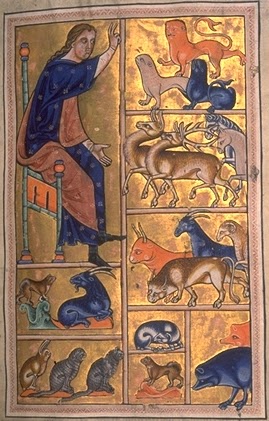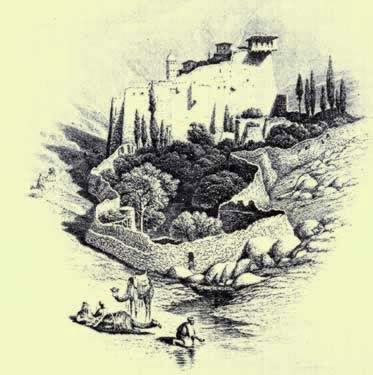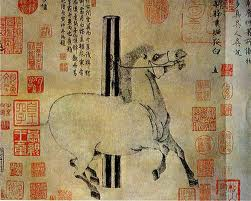Hamzanama: The Adventures of Amir Hamza

A s night falls the caravan of camels inches its way along the narrow mountain pass of the ancient silk route. It has been a long and tiring day for the travelers. To their relief they see the flickering lights of the Caravanserai in the distance. Once they reach the Caravanserai, their camels are fed and led away to rest for the night. The tired travelers freshen up and then get together with travelers from other caravans passing by in the common area, to eat, drink and exchange stories. Smoke from the hookahs fills the air, and the music is relaxing. In the corner there is a roar of laughter as the storyteller rolls his eyes in an animated manner. The travelers join the group. The storyteller is relating the colorful, action filled adventures of Amir Hamza. Amir Hamza, the hero of these stories was the uncle of Prophet Muhammad. The stories known as the ‘Dastan-e Amir Hamza’ are action filled tales of giants, sorcerers and demons. Hamza and his...






